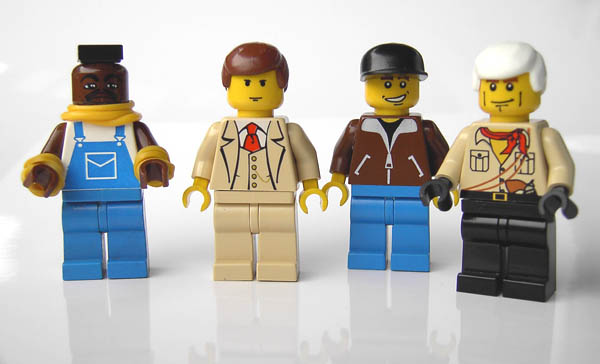
Just a quick follow-up to my last post: someone with a sociological bent could read some weird things into the way the “standard” plot for the TV episodic drama has evolved over the years. As I implied, network TV is no longer naturally inclined to do stories where the hero helps the little guy in need. (You get it more on basic-cable networks, like USA and TNT, and in the few direct-to-syndication shows that pop up here and there.) So even when NBC did Knight Rider, it took them 13 episodes to remember that that was the sort of story a show like this was supposed to be doing.
Instead, thanks to CSI and House and their imitators, a lot of episodic TV focuses on the heroes punishing people, or exposing people’s weaknesses. Even when House helps somebody, he also exposes their deceptions and problems. CSI-type shows frequently focus on cautionary tales about the horrible things that can happen if you’re not careful or if you use internet chat rooms too much. None of this is at all new or at all unpopular; it was common on the TV procedurals of the ’60s and ’70s. But it’s not (and is not intended to be) escapist, except in the sense that we can see people whose problems are worse than ours. But during the recession of the early ’80s, there was a vogue for escapist, A-Team style shows that threw economic reality to the winds: heroes who didn’t seem to care about money and helped the downtrodden against the big bosses. There are signs that TV executives today want to move in the same direction, or at least that they think that’s what the audience is looking for. Some (not all) of this season’s Sarah Connor Chronicles plots have made moves in that direction.
Oh, and while I’m on the subject: An upcoming episode of Sarah Connor Chronicles is apparently going to use the “checking into a clinic and suspecting something fishy is going on” plot. Bless you, TV producers. You know what we’re looking for.